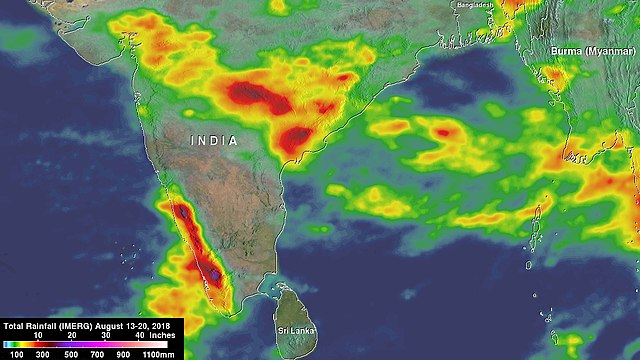India will see above-norm monsoon rains throughout the 2024 phase, in the event of which farm production will improve.
According to a May 26, 2024 announcement by Mrutyunjay Mohapatra, director-general at India Meteorological Department (IMD), the country will experience up to 106% saturation of the yearly average.
This means that 2024 will have 2% more monsoon rain than the 96-104% range in the past 50 years.
Hence, farmers can look forward to higher moisture than the 870 mm they experience each monsoon from June to September.
Crop Lifeline
At $3.5 trillion, India’s economy depends by large on agricultural input, which in turn depends on rain for its lifeline.
A whooping 70% of rainfall in the subcontinent occurs in the monsoon and dictates the crop planting cycle.
Key crops that grow during the kharif (monsoon) season include onions whose harvest runs from September through November, especially in Nashik district. Potatoes also have a second harvest season of the year during kharif, between September and November.
50 to 52% of non-irrigated farmland in India produces its crop under the four-month rains. This arable land produces staple rice and maize grains as well as commercial crops such as cotton, sugarcane and soybeans.
Lucky Areas
Southern areas including Kerala are likely to receive more than 87 cm of rainfall in the coming four months.
IMD predicts that by 31st May, Kerala and the southern peninsular will experience rains whose winds are fanning from the southwest.
The southern state sows its corn and pulses during this very first instance of mid-year rains in India. Perennial plants ranging from coffee to cardamom, pepper, rubber and tea also bud again during this period.
Like Kerala, eastern India, especially West Bengal, will also welcome heavy rain. West Bengal is a leader in the production of rice in India, with a production margin of 15% of the national output. Its other crops that also depend on the kharif season include sugarcane, pulses, wheat, maize and barley.
Unlucky areas that will see the northeast monsoon bypass them include northeast India, which will see below-norm saturation. At the same time, the northwest region will experience an above-normal heatwave for maximum 6 days through June.
India Monsoon Agriculture Statistics
India was number 1 in sugar production in 2022 at 37 million tonnes. 500,000 workers depended directly on the sugar industry for employment in 2022, which makes it a big economic earner.
The country was the second biggest wheat-producing nation in 2022 after China, at 107.7 million tonnes. Rice, another monsoon crop, saw India come second after China in 2019’s world production at a combined 389 million tonnes.
The monsoon period lasts through June to September, a time when 52% of India’s cultivated land depends on rainfall for crop growth. Kerala and the peninsular region near Sri Lanka experience the first ‘monsoon rains’.
